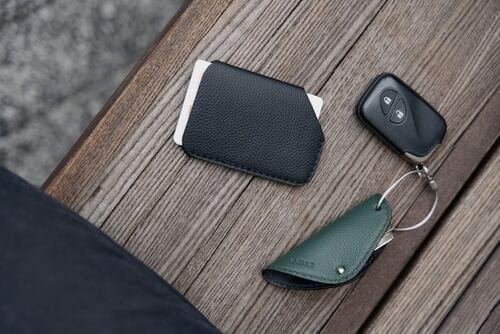Ever wondered what the best wood for a cutting board is?
The answer is…it depends.
Certain wood species are superior to others for a specific sort of cutting board, but the ultimate decision is entirely subjective. For example, I believe Zebrawood looks fantastic in both end grain and face grain cutting board construction, but it falls short in edge grain boards (depending on the milling orientation of the boards).
As a bespoke cutting board manufacturer, American Black Walnut has been by far the most popular wood in recent years. My How to Build an End Grain Cutting Board article provides a wonderful example. While solid Black Walnut boards are highly appealing and popular, another excellent alternative is a Black Walnut board with exotic species utilized as accent wood on the butcher block border.
For a cutting board, should I use hardwood or softwood?
Hardwoods are generally selected for cutting boards. However, some softwoods can be used to make cutting boards, while others should be avoided. Poplar, for example, is classified as a hardwood yet is often regarded too soft for heavy cutting. Heart Pine, also known as Old Growth Pine, is a softwood that is more durable than many hardwoods.
To make matters more complicated, oak is a dense hardwood suitable for use as a cutting board. However, it is a porous hardwood. Another factor is that Red Oak is more permeable than white Oak. To see what I’m talking about, try putting a chunk of each in a cup of water. Oak is likely to be adequate for a face grain or edge grain serving board. I prefer not to use it (particularly Red Oak) in end grain cutting boards because it exposes the wood’s most porous side.
Cutting board wood: domestic or exotic?
When someone begins to explore cutting board wood kinds, they will usually come across some data that suggests irritant levels, allergies, and other potential health issues with various types of wood. If you truly dig into it, walnut is one of the woods with the most irritation and allergy difficulties. Some people believe that no exotic wood species are appropriate for use as cutting boards. This is erroneous information; I advise you to conduct your own research.
The majority of these issues are caused by saw dust generated while cutting, routing, and sanding this wood. Simply cutting food or serving it on a wooden board will not release these possibly dangerous particles into the air or your food. Having said that, a suitable respirator or mask is essential while milling any wood!
Padauk, Zebrawood, Goncalo Alves (Tigerwood), Canarywood, Purpleheart, Peruvian Walnut, Bocote, Ipe, Wenge, and I’m sure there are many more I’m forgetting.
The Wood Database contains broad information on practically any kind of wood that you can think of.
What is the ideal domestic wood for a cutting board?
The most popular domestic hardwoods are maple, walnut, and cherry, and they are probably the finest choice for a domestic hardwood cutting board. These three species are plentiful in North America, exist in a few distinct variations, and all have the strength and density to form a great cutting board in end grain, edge grain, or face grain construction. Just be aware that there are soft Maple variants as well, and as with any wood species, density can vary from tree to tree or board to board.
Certain figured elements can be found in the wood, just like in practically any other species. This includes Ambrosia, Curly or Quilted, Birdseye, Crotch Figure, and other patterns.
What is the ideal exotic wood for a cutting board?
If I were to make a cutting board entirely out of one species of solid wood, I would most likely choose something with qualities similar to the most popular domestic hardwoods. This may be something like Peruvian Walnut or Mahogany. You can definitely create a board out of Zebrawood, Purpleheart, or something similar.
So, which wood is ideal for a cutting board?
Again, it all depends! So much of choosing a species of wood to make a cutting board is a matter of personal preference that recommending a single species would be a disservice to you. If it were up to me, I’d have a board for each wood type and combination! In conclusion, there is no single best wood for a cutting board, but rather an infinite number of gorgeous wood species from which to craft your one-of-a-kind cutting board.
